So You Accidentally Bought Neufchâtel Cheese
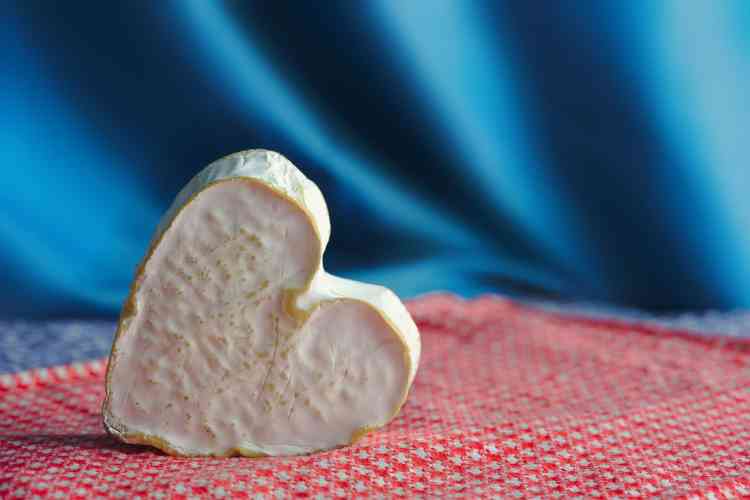
So you accidentally bought Neufchâtel cheese. It happens. You’re zig-zagging up and down the grocery store aisles just trying to get the job done. It doesn’t hit you until you reach for your cream cheese and notice that funny word with the little hat symbol on the package.
It’s like when you thought you grabbed cilantro only to discover you accidentally bought parsley, or when you reach into the pantry for a can of coconut milk and realize you bought coconut cream instead. At least you grabbed Neufchâtel cheese and not tofu!
So what is Neufchâtel cheese? Are you going to be able to use it like cream cheese on your morning bagel? Is Neufchâtel cheese healthier for you than traditional cream cheese?
The good news is that for most applications, Neufchâtel cheese will work just fine as a substitute for cream cheese. It might even taste better. Plus you’ll get a little French lesson in just trying to figure out how to pronounce it. But there are a few things to know about Neufchâtel cheese, especially when it comes to substituting it in baking recipes if you don’t want your results to fall flat.
Jump to Section
What Is Neufchâtel Cheese?
Neufchâtel cheese is a raw, unripened cow’s milk cheese that originates from the Neufchâtel region of France. It’s one of the oldest known types of French cheeses and is easily recognized in Europe, where it is sold in a signature heart-shaped block.
In Europe, Neufchâtel cheese is often allowed to ripen long enough to develop a soft rind similar to that of brie or Camembert. It is a spreadable cheese with a salty and slightly more pungent (tangier) flavor than American cream cheese. Similar to products like French wines or Champagnes, Neufchâtel cheese is regulated. Only products with the official appellation d'origine contrôlée (AOC) designation can be considered authentic Neufchâtel cheese.
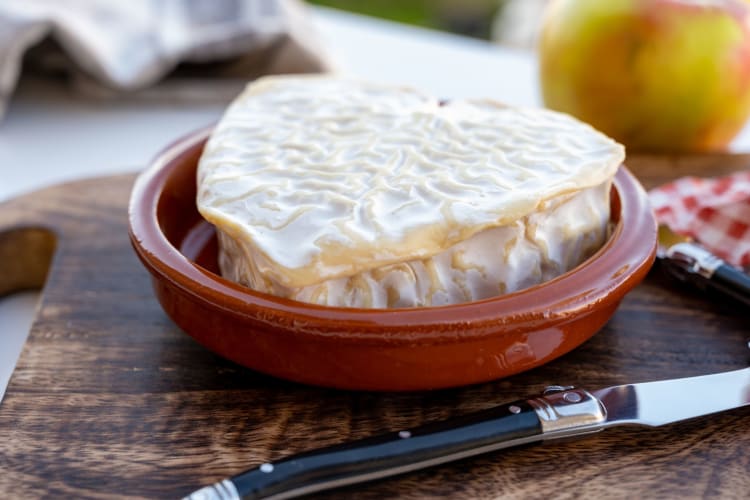
Neufchâtel vs. Cream Cheese
So now that you’ve got a block of Neufchâtel cheese in the fridge, what can you do with it? Can you use it just like cream cheese?
The good news is that Neufchâtel cheese is an almost identical substitute for your beloved cream cheese. Both are made from cow’s milk, but American cream cheese includes the addition of cream (no surprise). Cream cheese is a more manufactured product that involves pasteurization, additives and heat to get the signature creamy texture, whereas Neufchâtel cheese is made with a more traditional aging method. Here’s a side-by-side look at the two choices.
Cream Cheese
-
Origin: United States, 1800
-
Fat Content: At least 33%.
-
Flavor: Creamy and smooth, very mild.
-
How It’s Made: Cream and lactic acids are added to pasteurized milk to form curds. Stabilizers are added and heat is used to process into a fresh cheese.
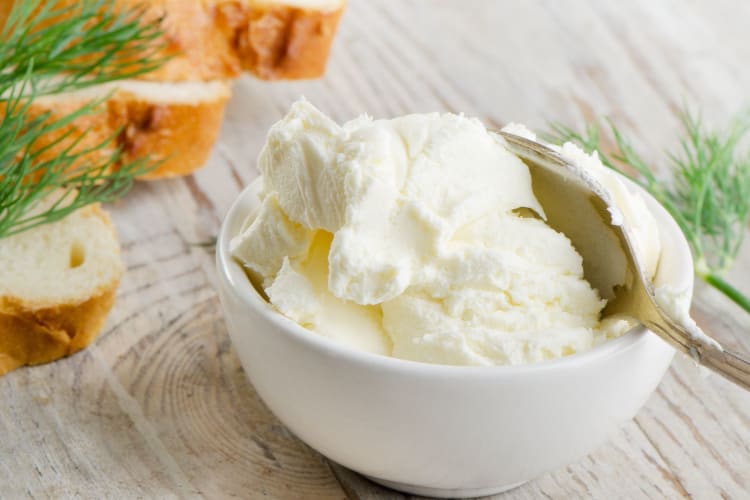
Neufchâtel Cheese
-
Origin: France, 16th century
-
Fat Content: 20-33% milkfat.
-
Flavor: Slightly more tangy than cream cheese, not as uniformly smooth.
-
How It’s Made: Cow’s milk cheese is allowed to ripen naturally over time; a soft rind may be formed.
For many people, you might not even notice the difference in taste between the two. If anything, Neufchâtel cheese might taste better than your usual cream cheese spread because it is more of a true cheese than the processed product that so many of us are used to. Who knew? Maybe you’ll start buying Neufchâtel cheese on purpose from now on.
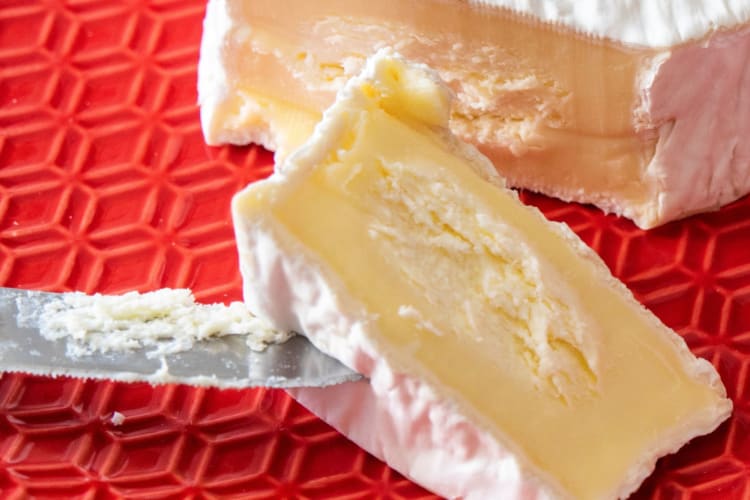
Substituting Neufchâtel for Cream Cheese
When substituting Neufchâtel cheese for cream cheese, there are a few important things to keep in mind. Neufchâtel cheese has a slightly lower fat content than cream cheese and a slightly higher moisture content. For use as a spread, this difference will be unnoticeable, and you can make substitutions in a 1:1 ratio. But if you’re planning to bake with your Neufchâtel cheese, it could be problematic.
In Dips, Spreads and Other Uncooked Foods
Go ahead and schmear your new exotic friend on your toasted bagel. Dip your fruit and layer up your smoked salmon and capers. Frost that carrot cake or red velvet cupcakes. As a dip, spread or frosting, Neufchâtel cheese is pretty much indistinguishable from cream cheese. Taste-wise? Just as good if not better.
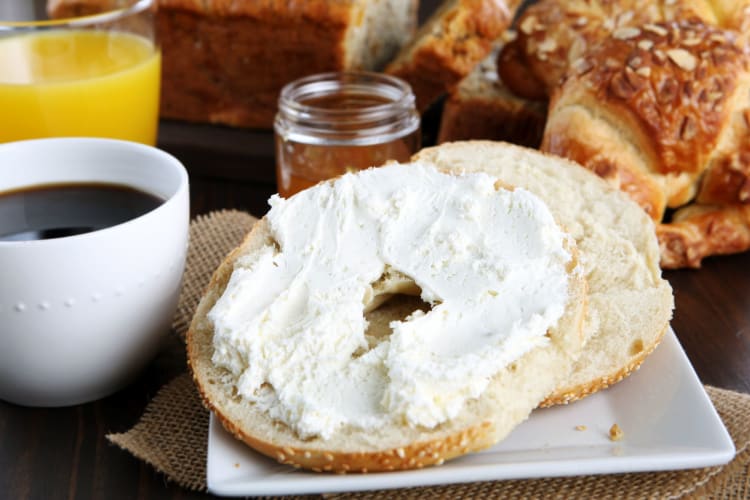
In Recipes That Require Heating or Melting
If you’re planning to stuff chicken breasts, Neufchâtel cheese will work similarly to cream cheese. One caveat: Because it doesn’t contain texture stabilizers, it may separate more when it melts. You should still get a good result, but it might not look as appealing.
You can stir Neufchâtel cheese into sauces or soups for creaminess, but there is a slight risk that the result won’t look quite as uniform as it would with cream cheese. The same applies to recipes like gouda mac and cheese.
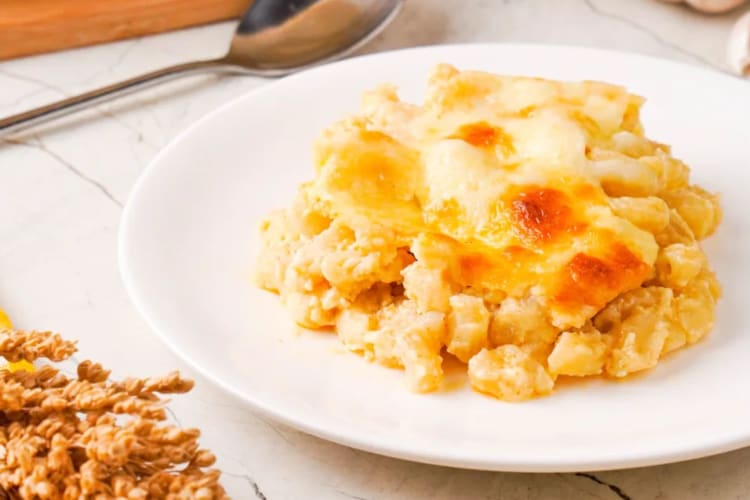
In Cheesecakes
The biggest question mark when it comes to substituting Neufchâtel cheese for cream cheese is with cheesecake.
Some chefs recommend staying away from Neufchâtel cheese for cheesecakes because of the higher moisture content and lower fat ratio. When it comes to baking, fat and moisture balance is key to making the magic happen. So before you substitute Neufchâtel cheese for cream cheese in a cheesecake, you will need to consider what other ingredients your recipe calls for.
For traditional cheesecake, you’ll likely be adding eggs and maybe flour. Both of these ingredients help support the structure of a cheesecake. That means substituting Neufchâtel cheese for cream cheese won’t likely result in an epic disaster. But you may need to adjust your ratios, and who wants to take a chance on that? Stick to cream cheese.
For no-bake cheesecake recipes (let’s face it, most of us are going that route), you won’t have the protein in eggs to help compensate for structure, so there is a risk that your cheesecake won’t set properly.
Bottom line? If making a perfect cheesecake was your goal and you accidentally bought Neufchâtel cheese, you’re probably going to want to head back to the store. Sorry! Otherwise, to save yourself from the risk of a too-soft cheesecake, go for muffin tin-sized cheesecakes or serve your cheesecake in individual ramekins, where the lack of structural integrity won't matter.
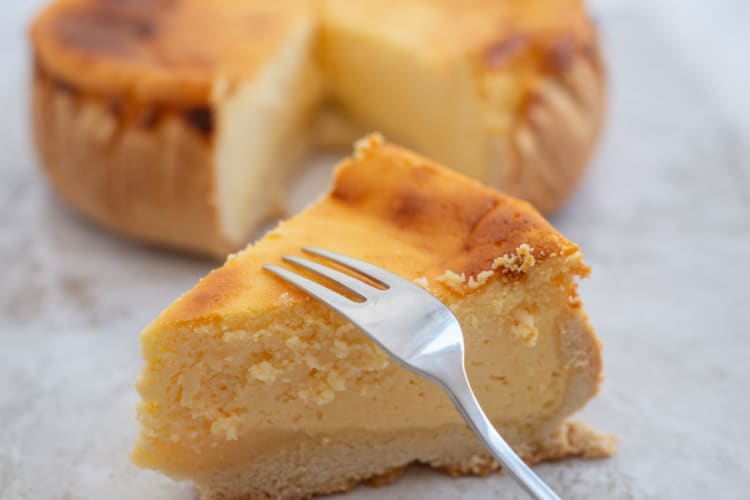
Maybe you’ve already come across those little single-serve packets of Neufchâtel cheese at the continental breakfast in a hotel. They looked just like the cream cheese you're used to, so you grabbed one. Chances are you didn’t even notice the difference. Now that you know Neufchâtel cheese is made naturally without fillers or heat processing and that it’s lower in fat than cream cheese, you’ll wonder why you’ve not been using it all along.
Just think twice before trying it in a no-bake cheesecake.
For even more ways to explore your favorite foods, check out other experiences happening on Cozymeal.